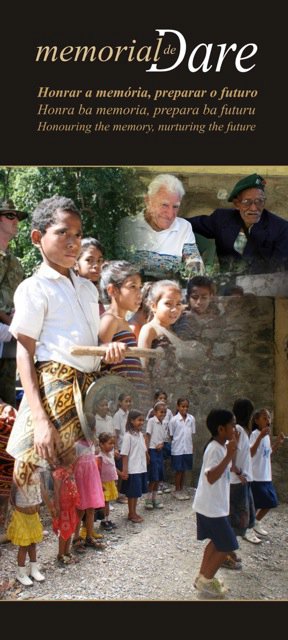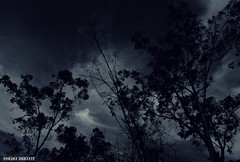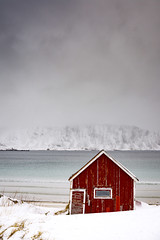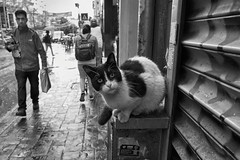Timorese Society
Timorese people have always formed a rich and effective society, a complex hierarchical organisation based on elaborate cultural, political and economic systems. For centuries, rites in animist traditions accompanied and expressed the culture, thus forming a stable and meaningful way of life.
Portugal
Portugal was in Timor-Leste for 450 years, a colonisation widely described as ‘benign neglect.’ The Catholic religion and Portuguese language were introduced, but education and infrastructure remained undeveloped. Resistance to Portuguese control was intermittent but fierce, with uprisings in the 19th century, in 1895, 1912 and 1959. Revolution in Portugal caused it to relinquish its overseas territories in 1974.
WW11
Portugal’s neutrality did not protect Timor from invasion by Australia and Japan. Timor faced the dangers which threaten vulnerable but strategic regions. Its rich resources and proximity to major powers remain crucial to this day, helping to explain why the “Battle for Timor” remains widely unknown by those who benefitted most from the suffering of the Timorese people; the Australians.
Australian Troops
On December 17, 1941 Australian Commandos of the 2/2 Independent Company occupied Timor, joined later by the 2/4 Company, totaling no more than 700 men. The campaign was to hinder Japan using Timor to attack Australia, but its success had the effect of compelling more Japanese forces to engage in combat on Timor, bringing further misery to the Timorese.
http://en.wikipedia.org/wiki/Australian_commandos
For fourteen months the Australians were befriended by the local people, who fed, housed and nursed them. Soldiers describe the day they left Timor as their worst, because they knew what awaited their loyal Timorese friends. Over 40,000 Timorese were murdered by the Japanese in reprisal. No other nation has lost so many civilians as a result of helping Australian soldiers.
End of the War and Dare Memorial
The Australians were evacuated on 16 December 1942, having waged a successful guerilla-style war against 20,000 Japanese troops. To honour the people of Timor, without whom such a feat would have been impossible, a memorial at Fatunaba in the form of a wading pool and resting place was constructed in 1969.
Indonesian Invasion
On December 7 1975, the Indonesian military invaded East Timor. During the 24-year occupation an estimated 183,000 people died violently. Timor was effectively closed to the world until 1989 when the process of Indonesianization was considered complete and when Australia and Indonesia signed the Timor Gap Treaty, halving rich oil and gas fields between them.
Popular Consultation
When the Dili Massacre of 1991 was broadcast around the world, sympathy for the cause of East Timor grew. A Popular Consultation was held on August 30, 1999 where 78.5% of Timorese voters chose independence over autonomy. Reprisals caused 2000 deaths before INTERFET arrived, led by Australian troops. Timor was administered by the United Nations until Independence on May 20, 2002.
Present Day
Despite many difficulties the Timorese people have made much progress in rebuilding their society. Re-establishing trust with the outside world, addressing the trauma of physical and emotional scars and living up to the self-sacrifice of so many who died for their nation is sheer hard work. The Memorial School at Dare symbolises the humble respect not only of Australian soldiers but of so many Australians who know the Timorese story and who want to help them build a future.









Leave a comment